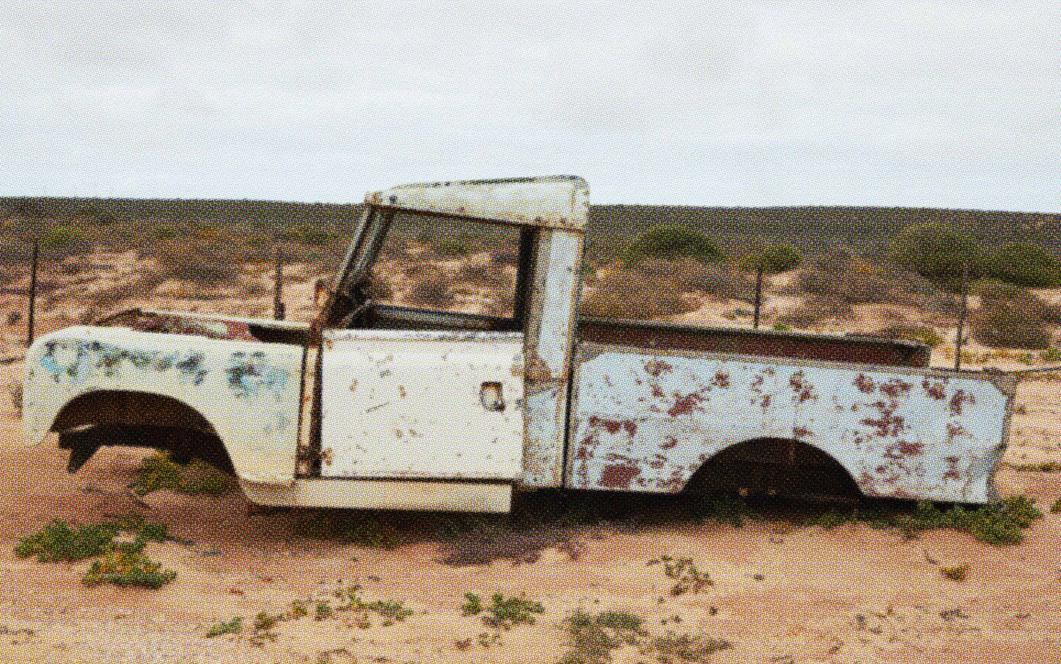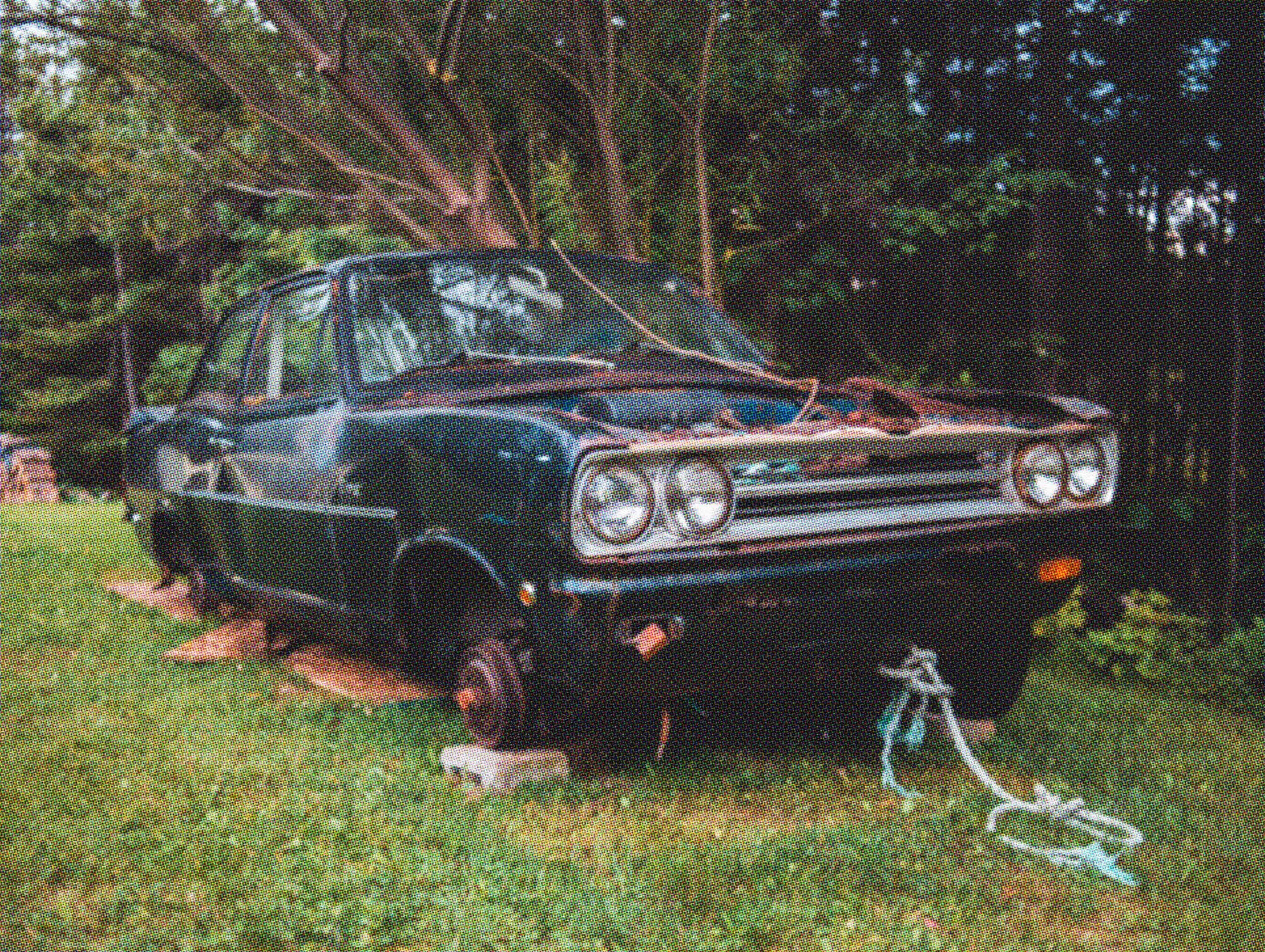4 min read
So you’ve finally decided to do something about that old car you’ve had sitting around for months…years…and you don't know what to do with it. Is it worth selling? Fixing? And if it’s just a dead weight, how can you get rid of it?
Cars aren’t meant to be sitting around—they REALLY wanna be out driving—so when they’re left sitting, things can start to freeze up, rust up, and go kaput.
But is it really RIP for your old ride? Or is it worth a bit of tinkering to see if you can breathe some life back into it?
Before you put the key in the ignition it’s important to run a few safety checks so you don’t trash the engine. Here’s a checklist to get you started—as well as with some common reasons why that old car might not be starting.
Disclaimer! Some of these tips are harder to pull off than others and an old car should only be messed around with by someone who really knows what they’re doing. If in doubt, call a mechanic.
how to safely start a car that’s been sitting for years
First off—if you need to lift the car, make sure you use stable jack stands or blocks. If the car falls you could seriously damage the vehicle or seriously injure someone, so don’t take shortcuts before you start tinkering.
If the car is secure, have a quick check under the hood, grill, and undercarriage for animal nests. Critters can make a home in junk cars and bits of nest (or even twigs and leaves) can be a fire risk when you start the car.
Next up, check the fluids. Take a look under the car to see if there are drips or puddles—this could give you a clue if there are any leaks. Then check and change the engine oil and replace the oil filter. Do the same with the gas—especially if the car has been sitting around for a while, as gas can go bad in as little as a few months. Check the brake fluid level too—if it’s low, it could indicate a problem with the brakes.
Remove the spark plugs and use some fogging oil to lubricate each of the cylinders (the spark plugs will probably need replacing, but you’ll know once you’ve tested the ignition later). Finally, check the levels of the coolant, which should be somewhere in between the min and max line.
Now you’re finally ready to see if that car starts. Fingers crossed!

what if the car doesn’t start?
There are some common reasons why a car won’t start—especially if it’s been sitting cold for some time. If you’ve run through the above checklist—and definitely remembered to fill the car up with fresh gas!—then the most likely culprit is the battery. The first thing to try is a jump start. If this doesn’t work it could be a problem with the battery or the car electrical system.
Another common problem could be the spark plugs or pistons, which can seize up when they’re left without lubrication for months.
Sometimes, the fuel pump is the culprit, if it's not running enough gas to get the car to start. You can give this a test by removing the air filter box and spraying in starter fluid if the engine turns over.
should I fix or sell my junk car?
It’s always worth running over the basic checks, but sometimes an old car simply won’t start. Diagnosing what’s wrong with it—and investing in all the parts and labor to fix it—can be a slow and expensive process, and if you’re not an experienced mechanic, it can be dangerous too.
Even if you do get that engine purring, there are lots of potential problems an old car can have that will keep it from running smoothly in the long term.
But there is an easy out…If you’d rather just turn the car into cash, let us know the deets and we’ll give you an instant offer...like actually instantly, none of this ‘ok, now let’s hop on the phone to talk about it some more’ malarkey.
We’ll even pick it up for free—so you don’t need to worry about finding a junk car removal service either.
We’re happy to buy any car, on the spot, whether it starts or not.


